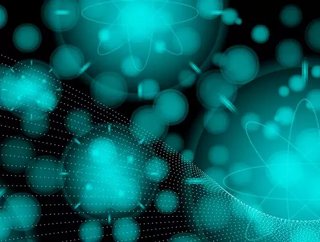The solar cells of the future will produce energy without light

The Neutrino Energy Group – an American-German research group that collaborates with global science leaders, international research institutions and more – is currently working to develop solar cells that can leverage neutrinos to generate energy.
Neutrinos are neutrally-charged subatomic particles present in solar rays, and they are both high-energy and rampantly abundant. The invisible particles are difficult to detect, but have been proven to reach and pass through Earth at both a high volume and consistent rate irrespective of the time of day or light conditions.
CEO Thorsten Schubart has led the Neutrino Group to develop a metamaterial consisting of ultra-thin graphene and silicon layers which, when stuck to a metal substrate, vibrates when neutrinos collide with it.
SEE ALSO:
Neutrinovoltaic cells would thereby harvest kinetic energy from this resonance and convert it into electricity. Unlike typical solar energy, whose generation is impeded by poor weather, seasons, and night-time, neutrinovoltaic cells would never lack for a renewable energy source.
The cells can be stacked upon each other, creating dense energy-generating banks that require less ground space than photovoltaic cells and offer enormous scope for additional vertical scalability. As neutrinos can pass through rock and soil, unlike other forms of solar radiation, neutrinovoltaic cells would also work underground.
Where photovoltaic cells are effective but riddled with challenges that negatively impact efficiency and productivity, neutrinovoltaic cells stand to deliver solutions to each of them. The development of neutrino-based energy generation, and the work of the Neutrino Group in particular, is certainly something to keep in mind over the coming years.






